What is the Liberika variety excelsa coffee? Flavor and taste characteristics of large fruit coffee
Professional coffee knowledge exchange more coffee bean information please follow the coffee workshop (Wechat official account cafe_style)
For more boutique coffee beans, please add private Qianjie coffee on Wechat. WeChat account: qjcoffeex
When it comes to coffee varieties, people naturally think of Arabica / small fruit coffee (Coffea arabica) and Robusta / medium fruit coffee (Coffea canephora/robusta). At present, the global coffee supply depends on two species, the former accounting for 55% and the latter accounting for 45%.
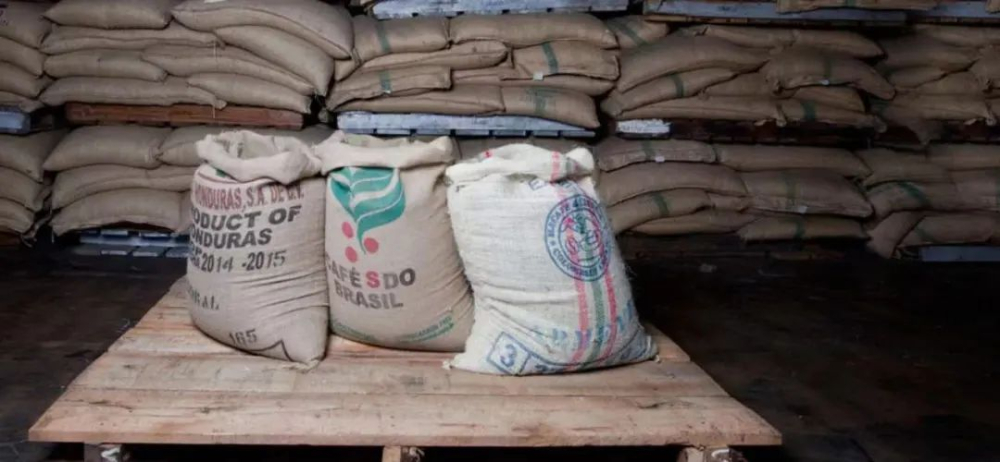
However, insufficient global stocks of these two crop varieties led to a sharp rise in coffee prices in 2021 and 2022, with Arabica coffee prices doubling in a short period of time. The reason is that climate change has led to droughts in various plantations, resulting in loss of harvests and reflecting the link between weather disturbances and market prices, as well as the vulnerability of coffee to abiotic stressors.
The continuous warming of global temperature will further reduce the scope of coffee cultivation, and the shortage of coffee supply in the future has also become a problem that researchers are constantly studying and discussing. At present, researchers have put forward three plans for such problems: (1) to migrate coffee to areas with a suitable climate, (2) to adjust the way coffee is grown, and (3) to develop new coffee crops. refocus on forgotten / underutilized species
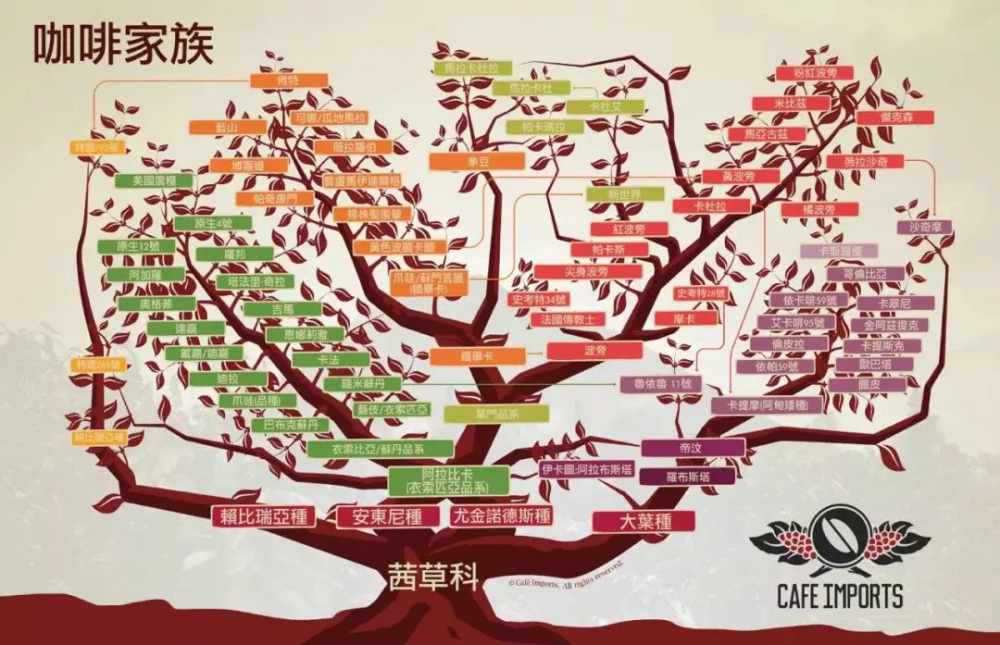
On December 15th, the professional academic journal Nature-plants published a new article about Liberika (Liberia) / Big Fruit Coffee (Coffea Liberica) that could re-emerge as a major crop in a warmer world and an era of supply chain disruptions.
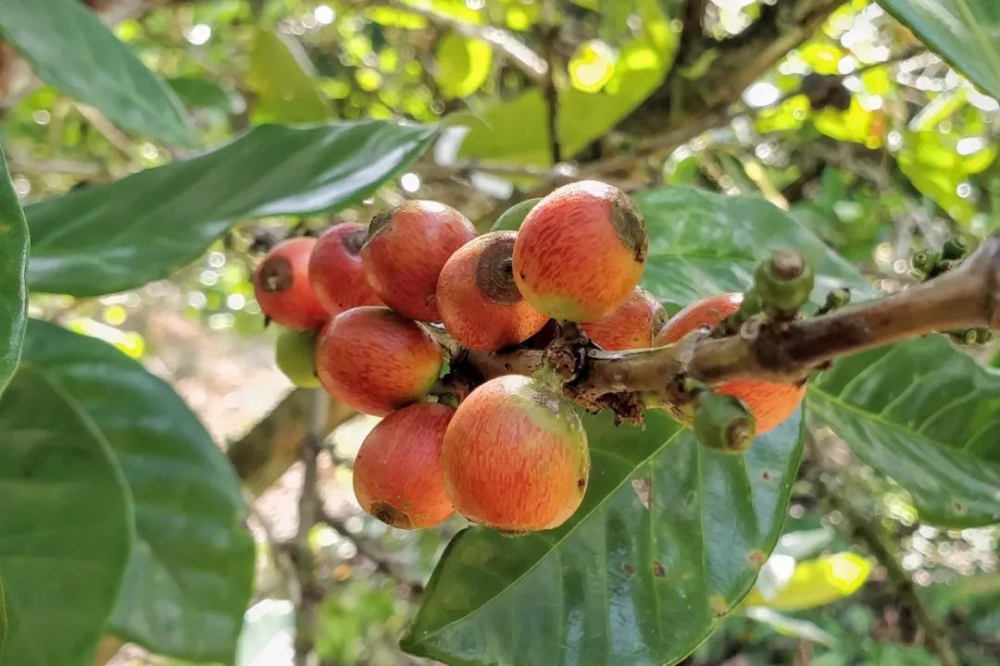
Originally grown in the low-altitude forests of Liberia on the West African coast, Liberia is named after its place of origin, Liberia. The variety was not discovered and planted until the 19th century, but it has not been widely planted because it is too tall and difficult to pick.
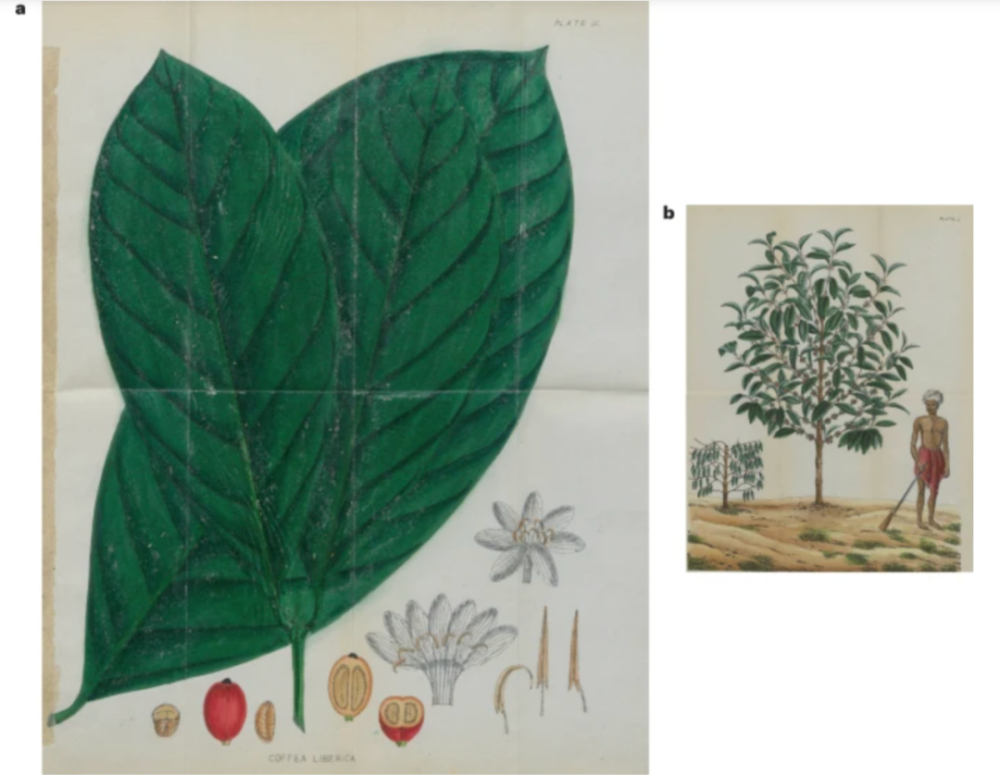
Since the late 1870s, it has emerged as a substitute for Arabica coffee in South Asia (especially Sri Lanka and Southeast Asia). Arabica coffee in these areas was affected by devastating leaf rust and wiped out Arabica coffee in most of the region at the end of the 19th century.
While Liberica not only has good disease resistance, but also resistant to drought and heat, it is easy to grow. At that time, many people in the industry thought that Liberica could replace Arabica and open up the forefront of coffee cultivation. However, due to the poor flavor, the quality and taste are not welcomed by coffee sellers and consumers. At the beginning of the 20th century, with the introduction of Robusta and the expansion of the planting scale of Arabica, the Liberian variety was gradually forgotten, and few people mentioned it later.
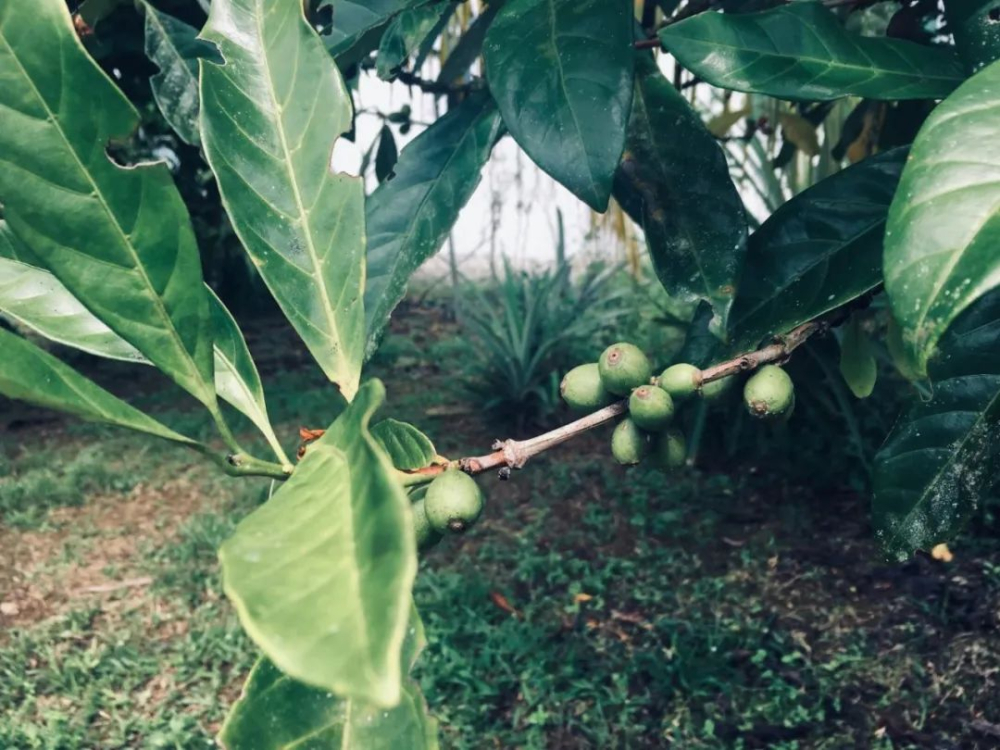
Until recent years, researchers have found that many African farmers have begun to grow a variety of coffee called excelsa, which has a fruit size similar to that of Arabica and produces mild and smooth coffee with low acidity and bitterness, but with the same amount of caffeine. Excelsa coffee is currently grown on at least 200 farms in Uganda.
This variety was discovered as early as 1903 and was identified as a natural variety of Liberica in 1940, so excelsa is also a large fruit variety of coffee.
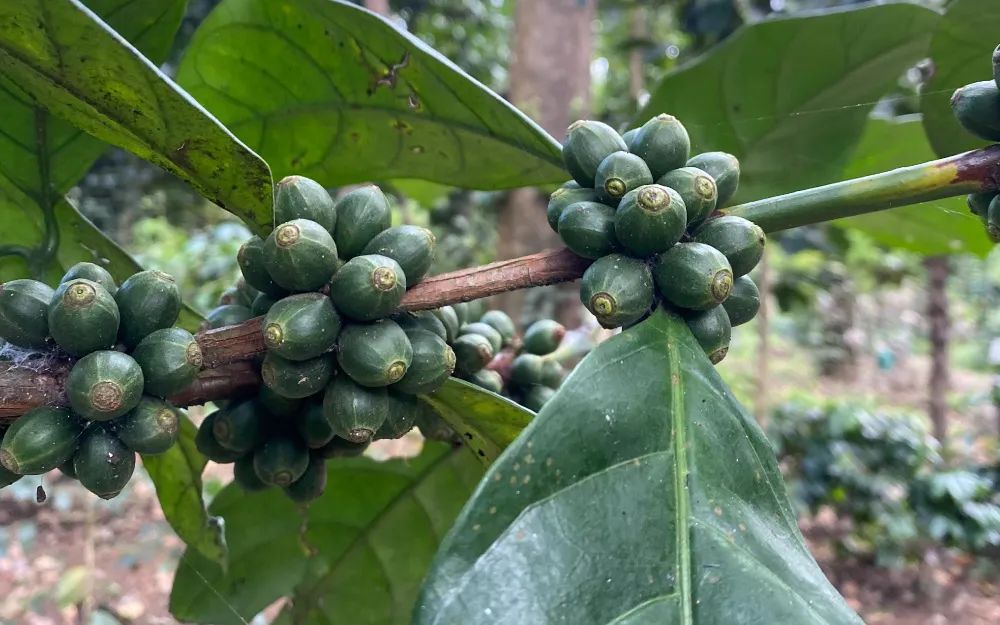
Excelsa has the same disease resistance and drought resistance as the Liberika variety, as well as low temperature and even frost tolerance, and the yield will be higher than that of the Arabica variety. In terms of flavor, excelsa does not have the extremely bitter taste of Liberika, and tastes mild, a bit like the coffee flavor of Essel native species, with soft acidity, cocoa, nuts, maple syrup, etc., very close to the flavor of Arabica varieties.
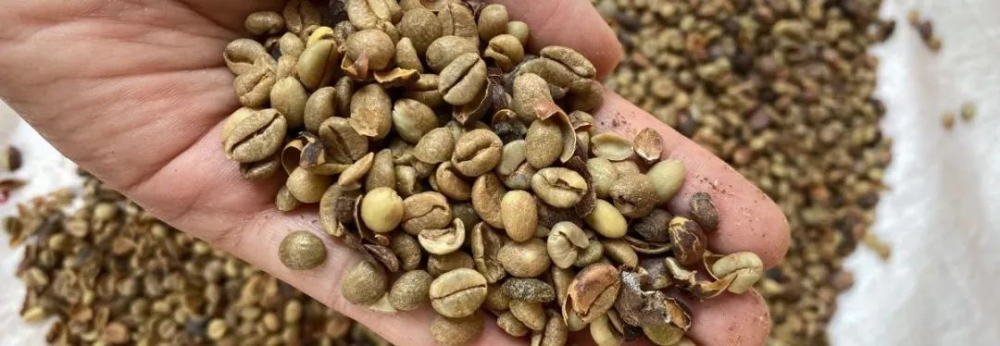
Many farmers who grow excelsa say they choose it because it is a local variety, and the local soil environment is very suitable for the growth of the variety. Secondly, the variety has strong disease resistance and high yield, producing 30-60kg coffee fruit per tree, equivalent to 4.3kg-8.6kg coffee beans per tree, which provides more / more stable income for growers.
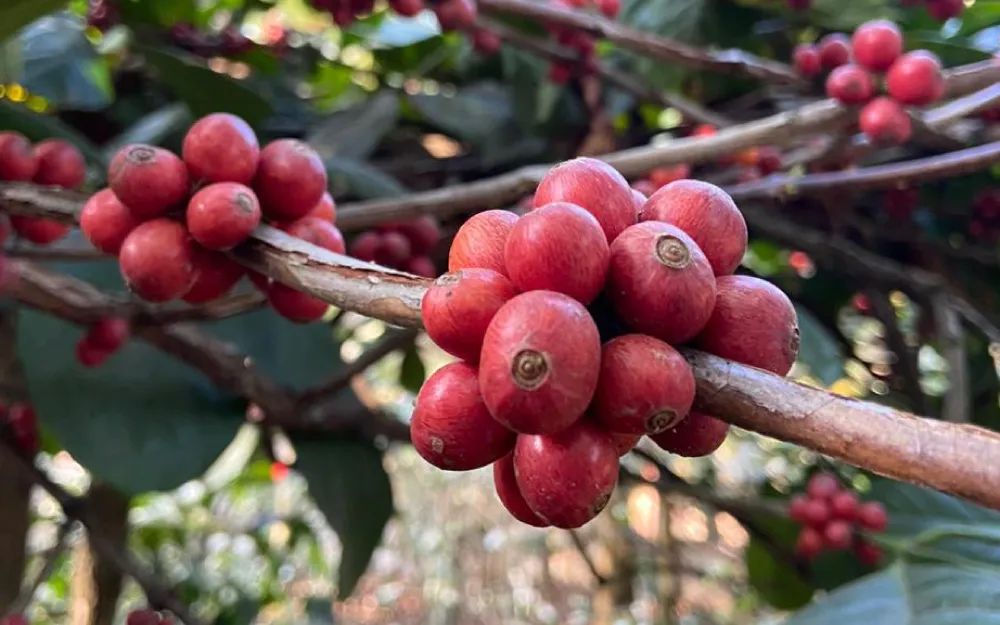
Researchers believe that in a changing climate, the Liberika / Big Fruit variety (at least) offers the potential to grow commercially viable and perhaps high-value coffee in warmer conditions (and lower elevations) than Arabica. It will also be more climate resilient than the Robusta variety.
Although Liberica (including excelsa) has a negligible share of the global coffee market, the optimal altitude at which excelsa is lower may be an indirect solution for farmers affected by climate change. Perhaps Liberika varieties (including excelsa) may become the main force of coffee supply in the future.
Photo Source: Internet
Important Notice :
前街咖啡 FrontStreet Coffee has moved to new addredd:
FrontStreet Coffee Address: 315,Donghua East Road,GuangZhou
Tel:020 38364473
- Prev
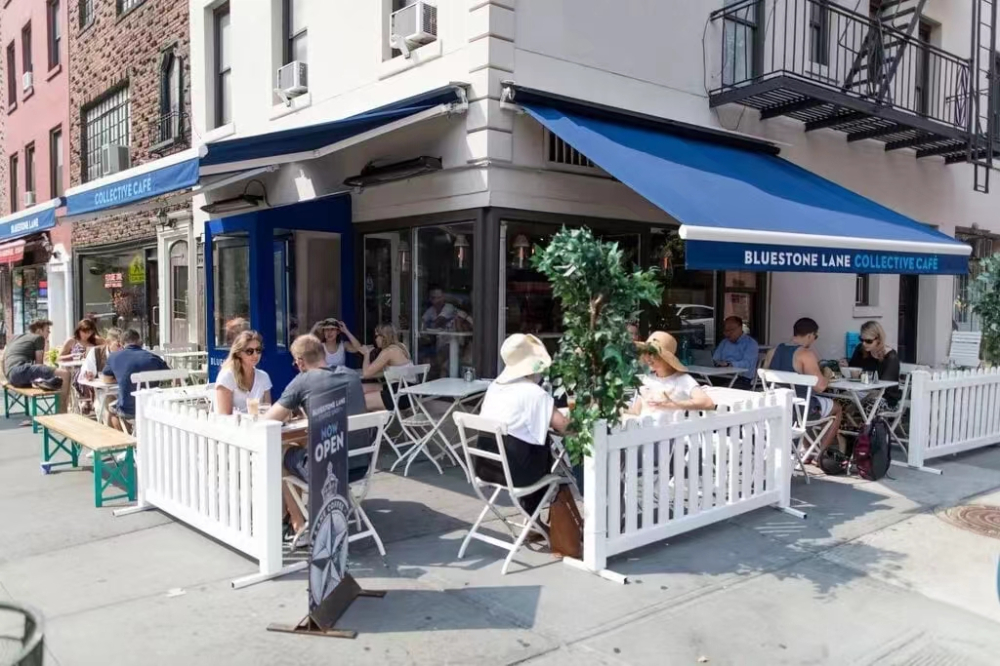
Is the coffee flavor description a lie? How to drink coffee with hand characteristics
Flavor description is a product of coffee refinement. You don't drink instant coffee to explore coffee flavor, but you definitely describe rich flavor for a single cup of coffee. Because, this is the "rules of the game" that have been set in 1995, and we are playing a game according to the rules. coffee extract
- Next

Four points for attention in brewing coffee by hand what should be prepared before making coffee
If you want to make coffee without turning over, you must try to eliminate the uncertainties and let everything go according to plan. In the preparation stage before making coffee, there are many details that will magnify the uncertainties when brewing if they are not done well. Qianjie combines some insights and the practices of some enthusiastic friends to share the following
Related
- Beginners will see the "Coffee pull flower" guide!
- What is the difference between ice blog purified milk and ordinary milk coffee?
- Why is the Philippines the largest producer of crops in Liberia?
- For coffee extraction, should the fine powder be retained?
- How does extracted espresso fill pressed powder? How much strength does it take to press the powder?
- How to make jasmine cold extract coffee? Is the jasmine + latte good?
- Will this little toy really make the coffee taste better? How does Lily Drip affect coffee extraction?
- Will the action of slapping the filter cup also affect coffee extraction?
- What's the difference between powder-to-water ratio and powder-to-liquid ratio?
- What is the Ethiopian local species? What does it have to do with Heirloom native species?

